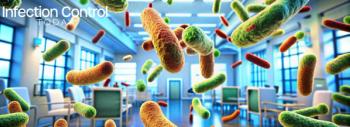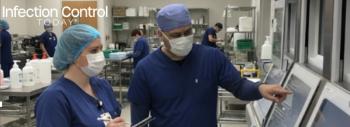
A Primer on Bleach: How and Why it Works
This report addresses the process by which sodium hypochlorite, the active ingredient in commercial bleach products, destroys disease-causing pathogens. It explains the science of how and why bleach is an effective disinfection agent, and presents information to address common misconceptions about bleach.
Report Summary
This report addresses the process by which sodium hypochlorite, the active ingredient in commercial bleach products, destroys disease-causing pathogens. It explains the science of how and why bleach is an effective disinfection agent, and presents information to address common misconceptions about bleach.
Editor's Take
As Rutala and Weber (1997) explain, "Hypochlorite has many of the properties of an ideal disinfectant, including a broad antimicrobial activity, rapid bactericidal action, reasonable persistence in treated potable water, ease of use, solubility in water, relative stability, relative nontoxicity at use concentrations, no poisonous residuals, no color, no staining, and low cost. "
Takeaways for Your Business
- Discover how sodium hypochlorite destroys pathogens
- Review the proper concentration of bleach to be used in the healthcare setting
- Learn how to address staff misconceptions about bleach odor and other concerns
Newsletter
Stay prepared and protected with Infection Control Today's newsletter, delivering essential updates, best practices, and expert insights for infection preventionists.





